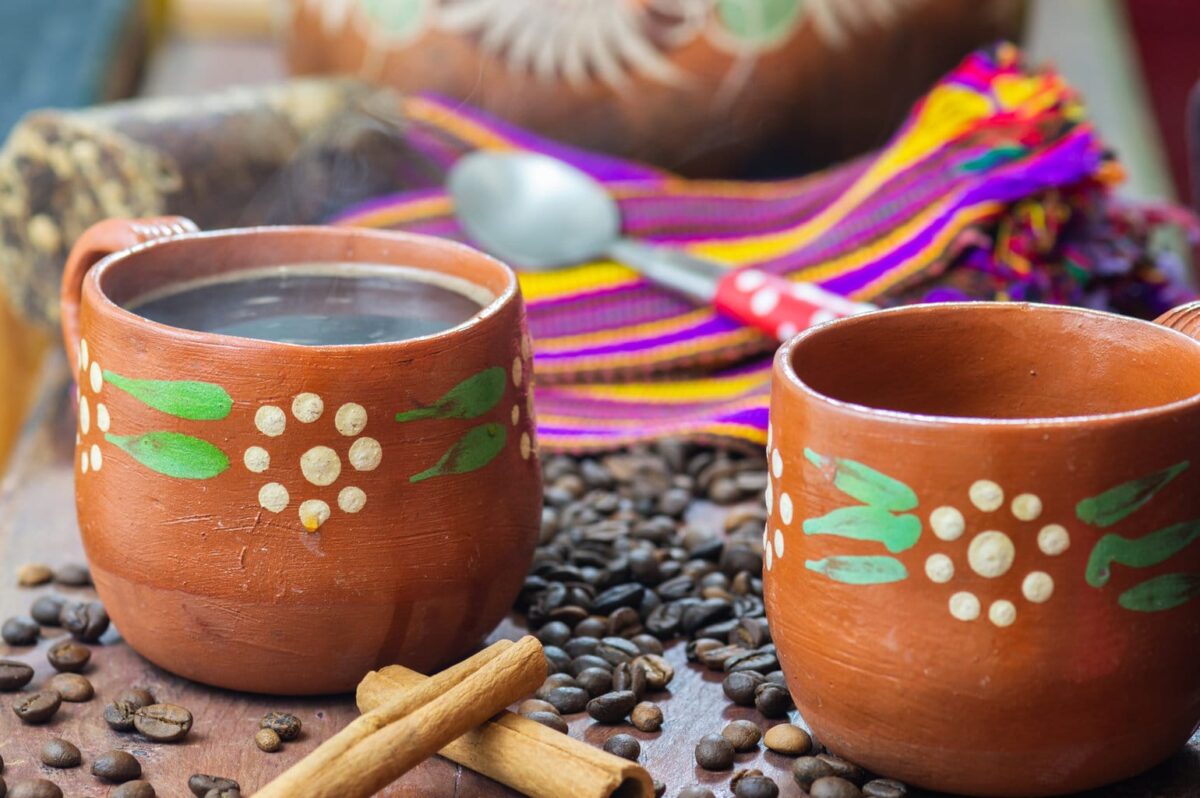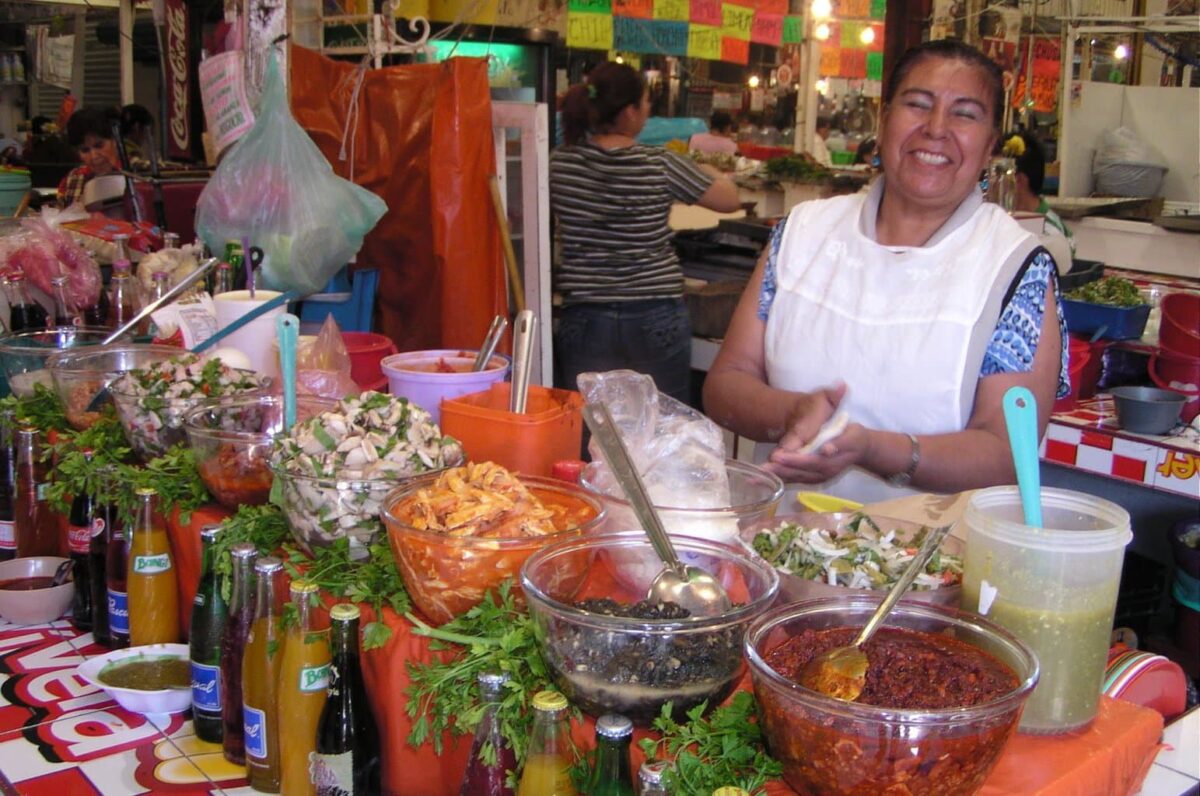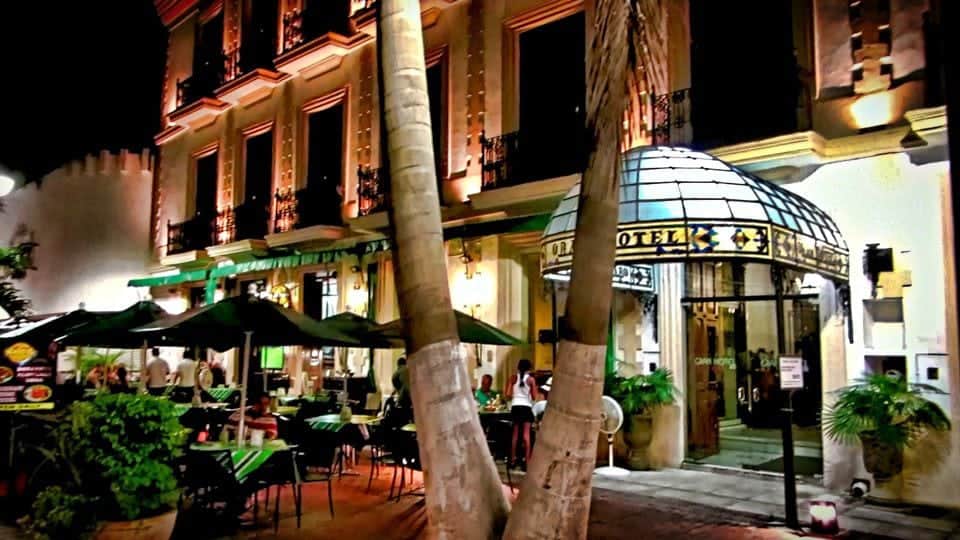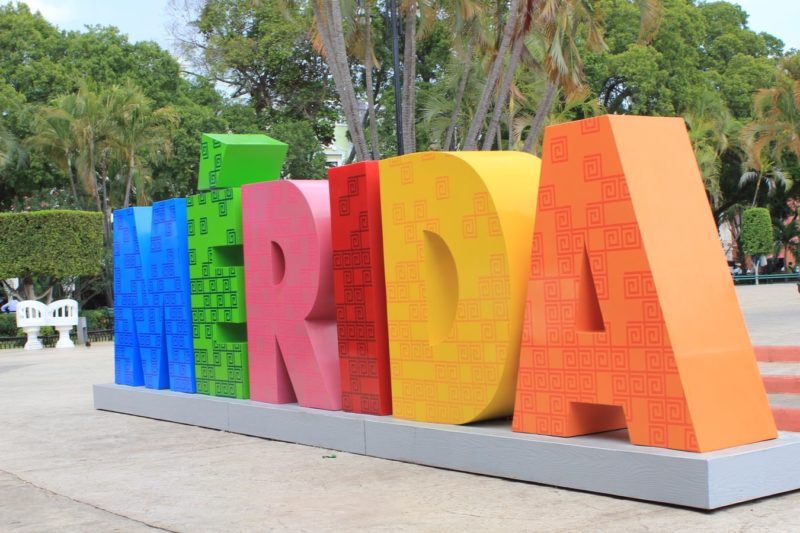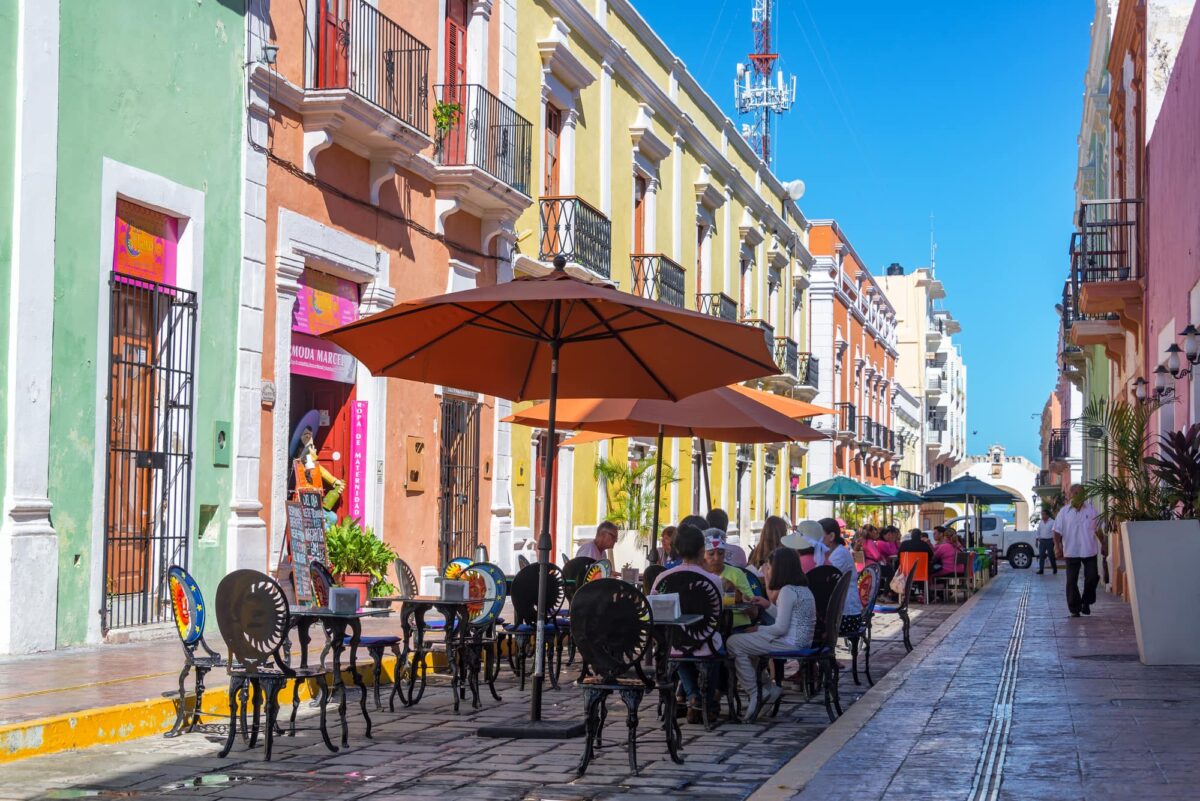Yucatan Food – deliciously earthy, hot and smoky
Mexican and Yucatecan foods are very different. Yucatecan cuisine has been strongly influenced by European foods as well as native Mayan foods. The peninsula was very difficult to reach from the rest of Mexico but it had several ports where the Europeans brought in commercial goods. Food culture in the Yucatan has many similarities to traditional Mexican but it is distinctly different. food in the yucatan
Mayan foods have had a very strong influence on the food of the Yucatan and have provided a base from which Yucatecan cuisine has evolved and incorporated many other European influences. The Mayan influence on foods makes the regional cuisine of the Yucatan another micro cuisine.
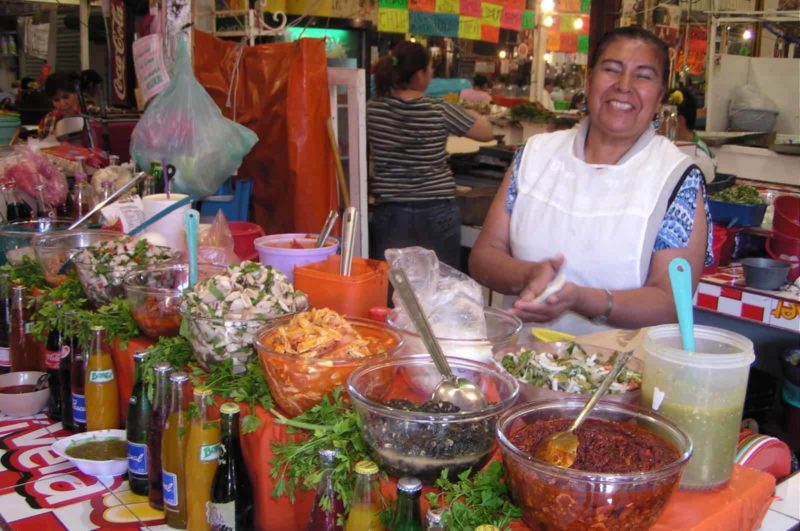
The Global influences on the food of the Yucatan include New Orleans, France, and Cuba. From Yucatecan refrescos and bebidas to the markets that spring up in every little village the Yucatan is an interesting amalgam of traditional Mexican foods merged with Mayan specialities, even the tamales in the Yucatan are different from the rest of the country.
Mayan Food in the Yucatan
Smoky hot chiles, air scented with the aroma of outdoor pibils, tart sour orange, fresh citrusy lime, dark mysterious recados and fresh salsas. The remarkable sights and sounds of the gulf coast of the Yucatan are all around us, the chaya grows on trees, drinks are made from ground rice and local honey.
These foods are based on indigenous Mayan food going back centuries, mixed with an array of European influences. You might be surprised to learn that turkey has been eaten in the Yucatan for centuries and that they make tamales very differently from the rest of Mexico.
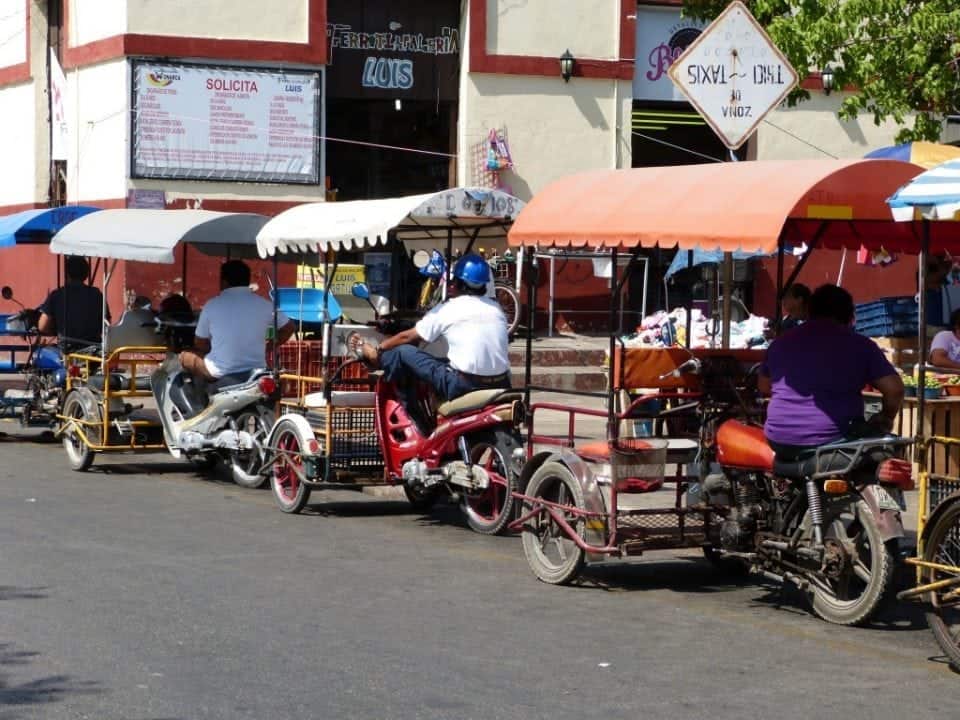
Here isolated from the rest of Mexico an entirely different culinary tradition was born. This area was the home port to the Dutch, French, Spanish and of course marauding pirates, and it experienced a fascinating impact on the people and the local cuisine, so much so that no other region in Mexico has the same kinds of dishes served here.

Earthy, hot and smoky, Yucatecan cuisine is as diverse as it is rich in colour. The air is thick with the scent of the strong flavours that make this region’s food a culinary delight. Annatto has been called the saffron of the Yucatan and is used to add earthy flavour and colour, and of course, the searing heat of the habanero is a staple.
The cuisine of the Yucatan
The holy trinity of Yucatecan cuisine is the achiote, the habanero and the sour orange (Seville Orange which is used to make the best marmalade in the UK). Corn, tomatoes, chiles and much more feature in this regional food.
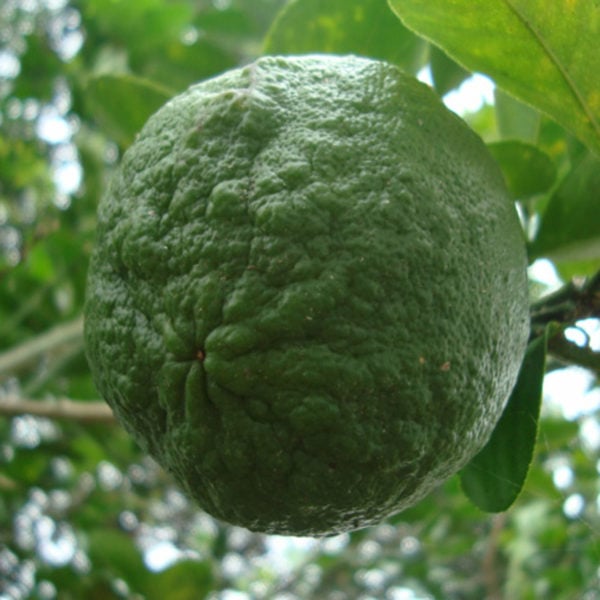
“The corn, the chocolate and the honey, the venison and wild turkey, squash, cucumbers, chiles and tomatoes are from the Mayans,” Patrician Quintana (Quintana is the owner and Chef of one of the best restaurants in Mexico City) says. “The pork and Seville oranges come from Spain, and the Edam cheese from the Dutch.”
Traditional Mayan Food
Achiote or Annatto is a tiny rusty red coloured seed that you can purchase, ground or whole. It can be ground in a coffee grinder but it is rather gummy and quite dense. In North America achiote was traditionally used to colour white cheese and margarine as it is a natural colourant that moves from soft yellow to deep orange. This is a mandatory ingredient in most food in the Yucatan.
Local produce is everywhere: from the chaya or tree spinach that grows on shrubs to the ground rice and honey that is made into drinks, and the infamous habanero chilli and sour orange that add a zesty spice to many dishes.
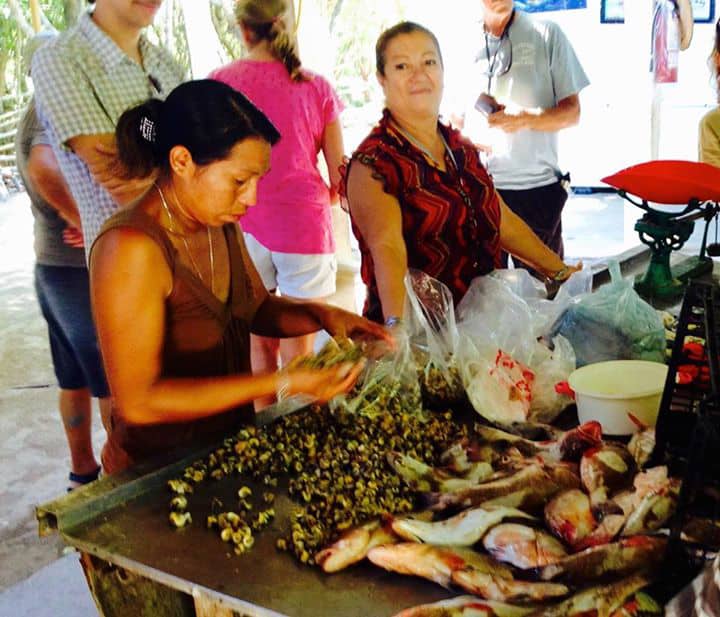
Fragrant and spicy, Yucatecan cuisine is influenced by the cooking of various cultures, but the ingredients are distinctly Yucatecan.
Here, isolated from the rest of Mexico, a unique culinary tradition was born. In days gone by, this area was the home port to the Dutch, French, and Spanish and the influx of cultures had a fascinating impact on the local cuisine. The region’s contemporary fare is an interesting combination of European and Caribbean flavours as well as Lebanese culinary traditions and regional dishes from other parts of Mexico.
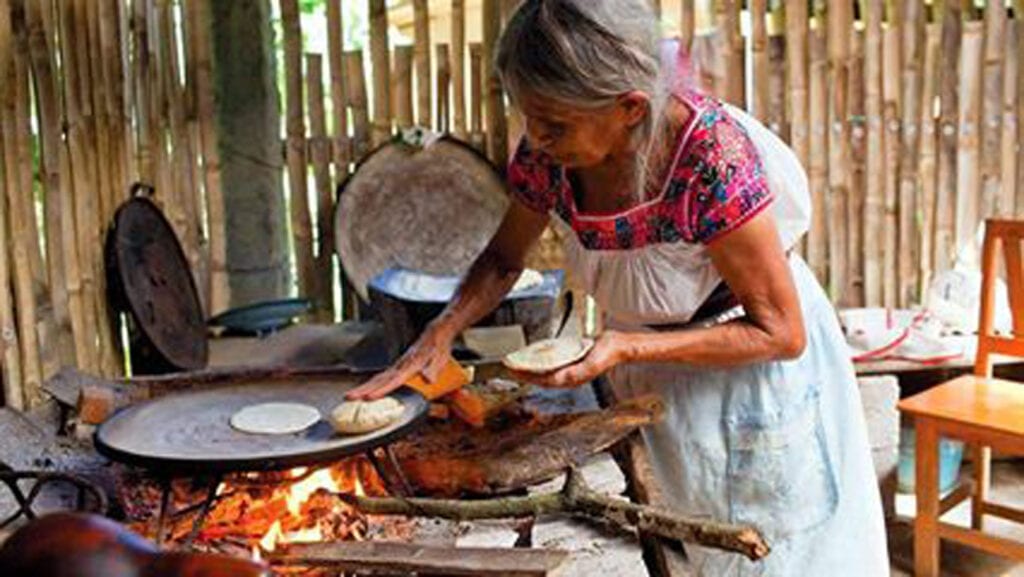
Traditional Mayan food ingredients
Trinity of Yucatecan Cuisine
- Naranja agria (sour orange also known as Seville Orange)
- Annatto
- Habanero chile
The trinity of Yucatecan cuisine is sour orange, annatto and habanero. Oranges indigenous to this region are not the same as sweet oranges. The naranja agria in the Yucatan is quite likely genetically the same as it was 500 years ago.
In other parts of the world, vinegar is used to pickle and preserve but here naranja agria juice is the acid used. Annatto has been called the saffron of the Yucatan and is used to add an earthy flavour and colour, and of course, the searing heat of the habanero is a staple.
Sour orange is indispensable in Yucatán. Mixed with water and sugar, the juice of sour oranges is made into a beverage called naranjada. More importantly though, unsweetened, it is used like vinegar to pickle vegetables and is a primary ingredient in the famous Conchinita Pibil dish when mixed with achiote, or on its own in the wood-grilled pork dish, poc chuc. Annatto has been called the saffron of the Yucatán and is used to add an earthy flavour and colour to various.
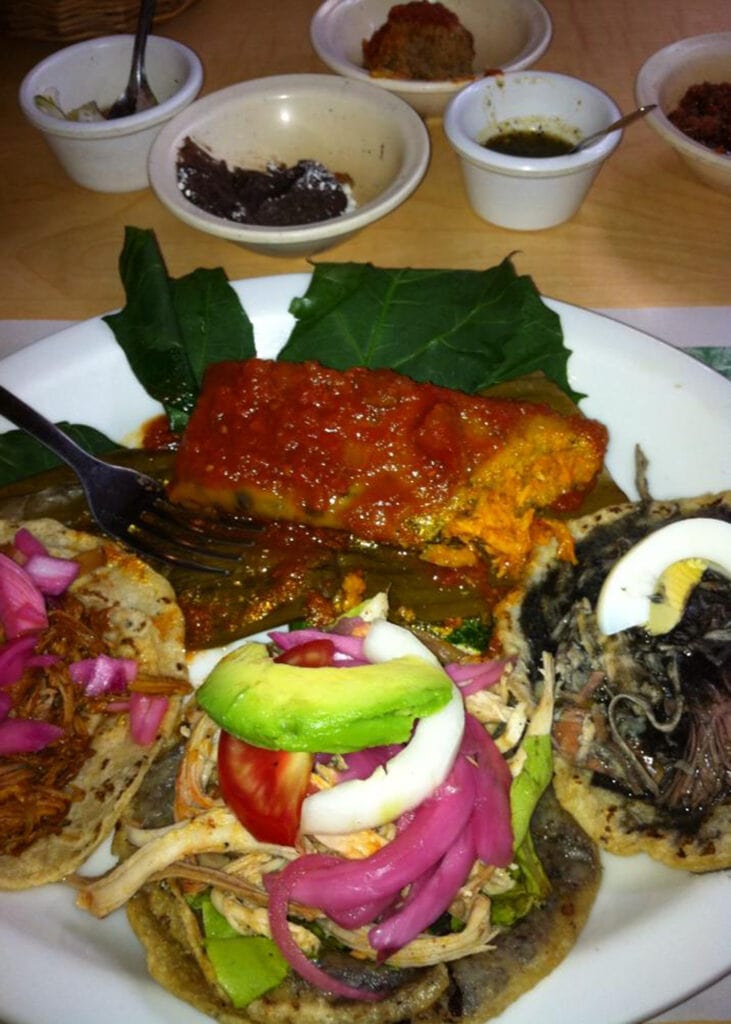
Yucatan cuisine incorporates several ingredients that are not typical of Mexican cuisine but are of Mayan origin. Wild turkey, deer, quail and chaya which is similar to Swiss chard but grows on trees, banana leaves are used not corn husks and add a distinct flavour. Traditional Mexican ingredients are also used avocado, purple onions, tomatoes, corn and of course the habanero chile.
Global influences on the food in the Yucatan
At the restaurant we had lunch at in Progreso we first tasted some Mayan botanos we had the venison (who knew deer used to be plentiful here in the peninsula, but they are now a protected species) and we had a very nice slightly spicy pumpkin seed dip, refried black beans that tasted better than any I have ever had, fish ceviche, and Mayan spaghetti (I think that last one was invented by our waiter Angel..lol..).
You can find some of Merida’s finest dining in the Santa Lucia Parque. From Apoala which is famous for its Mezcal collection, it includes over 30 varieties and its new take on Mexican cuisine to La Chaya Maya, which is considered one of the best restaurants in the region.
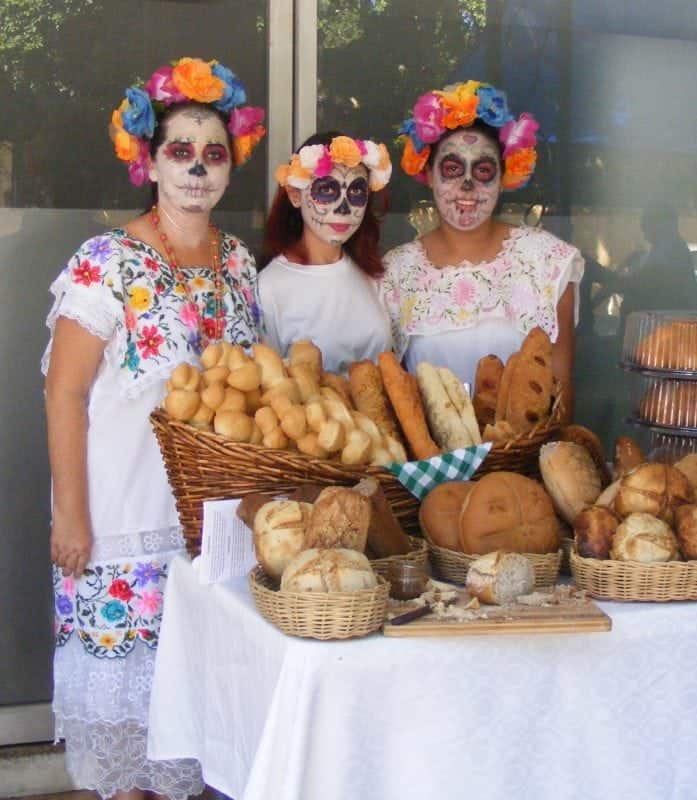
The staff at Chaya Maya are dressed in traditional huipiles that are gorgeously hand-embroidered and you will notice a small table of women making fresh tortillas to be served in the restaurant. Try the house speciality, Los Tres Mosqueteros, or The Three Musketeers, which combines three classic Yucatecan dishes: Relleno negro (a black sauce made from burnt chiles and spices) over pork; papadzul (an egg dish); and pipián (a sauce with a pumpkin seed base) over turkey.
If you are vegan never fear there are at least five fabulous vegan restaurants in Merida. There are vegan tacos, burgers, lentil dishes and lots of options influenced by Mexican traditional foods to international favourites.
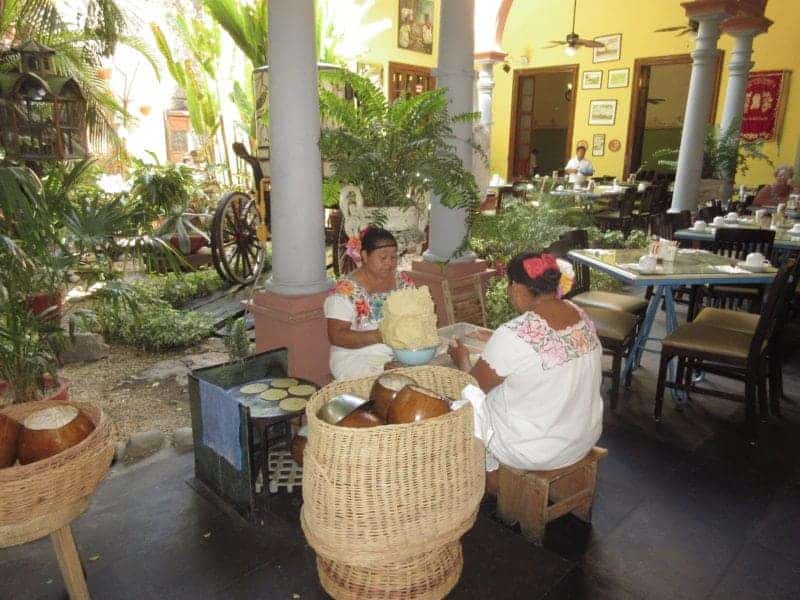
18 Yucatan Foods you must try in Mexico
- Conchinita Pibil
- Poc Chuc
- Tsi’sk
- Kibbe
- Sopa de Lima
- Papadzules
- Pavo en Relleno
- Queso Rellenos
- Recados
- Yucatan Tamales – colados and the dzotobichay
- Horchata
- Xtabentun
- Salbutes
- Panuchos
- Polkanes
- marquesitas
The national dish Conchinita Pibil is pit-cooked pork that has been marinated overnight in a naranja agria and annatto based marinade. Initially devised as a way to preserve meat in the tropical climate, Pibil has become the region’s most famous dish. A Mayan word that means to bury, or to cook underground, Pibil is pork, or other meat, wrapped in banana leaves and marinated in sour orange and annatto, which is then baked in a cooking pit for several hours.
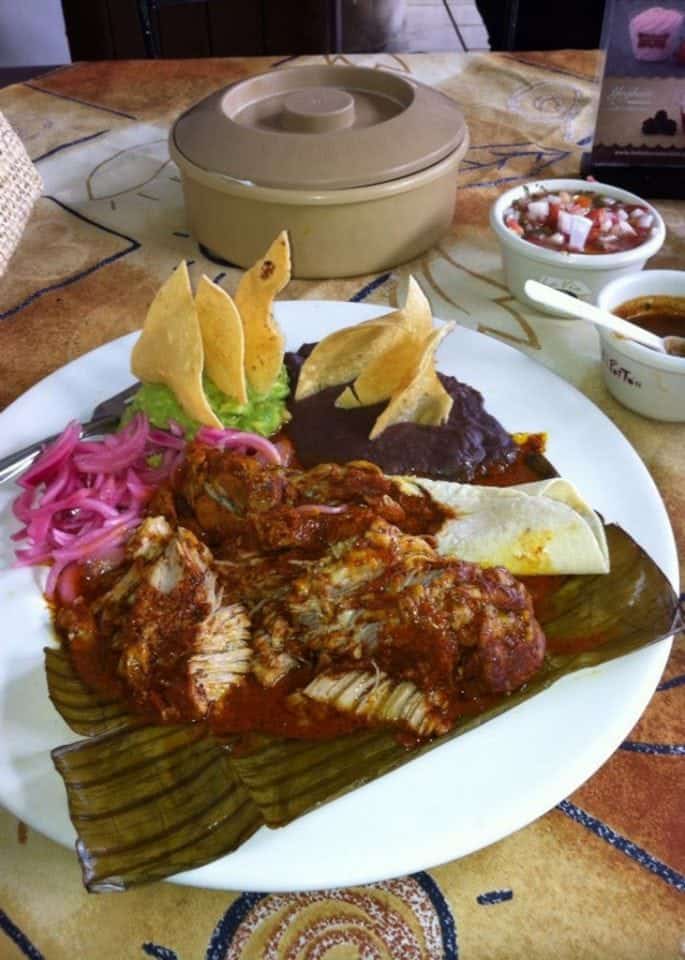
Poc chuc another favourite is a pork chop marinated in posada Roja and grilled, and Tsi’sk a sharp tangy salad with fried chicharrones.
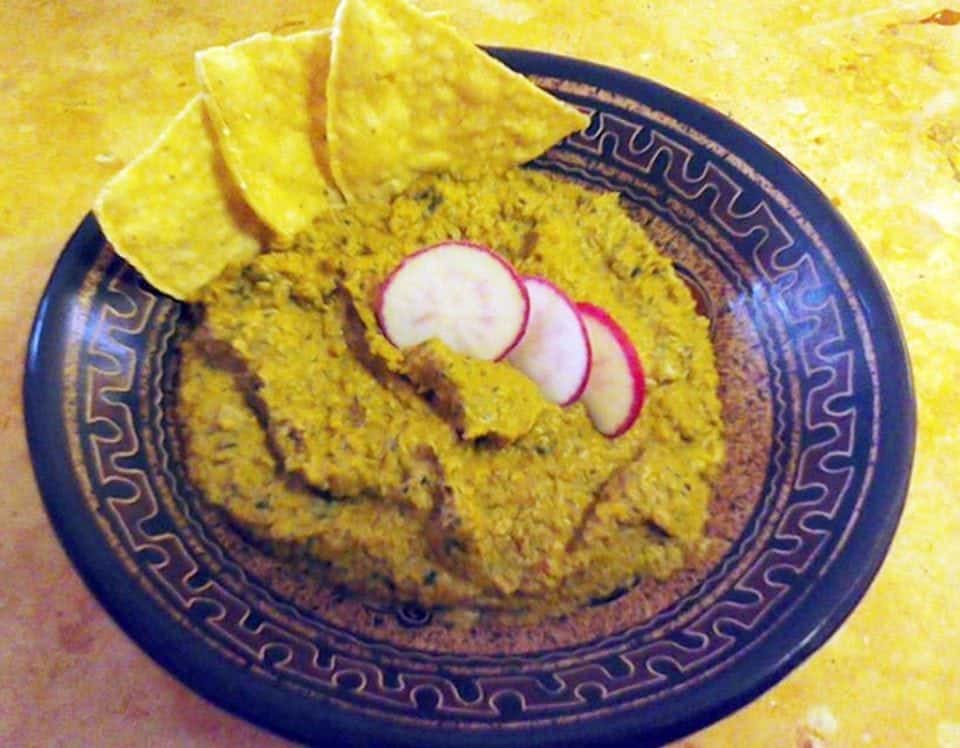
A large Lebanese presence in Merida and the coast has resulted in kibbe served with salsa being sold at virtually all roadside stands and pitas are as popular as tortillas.
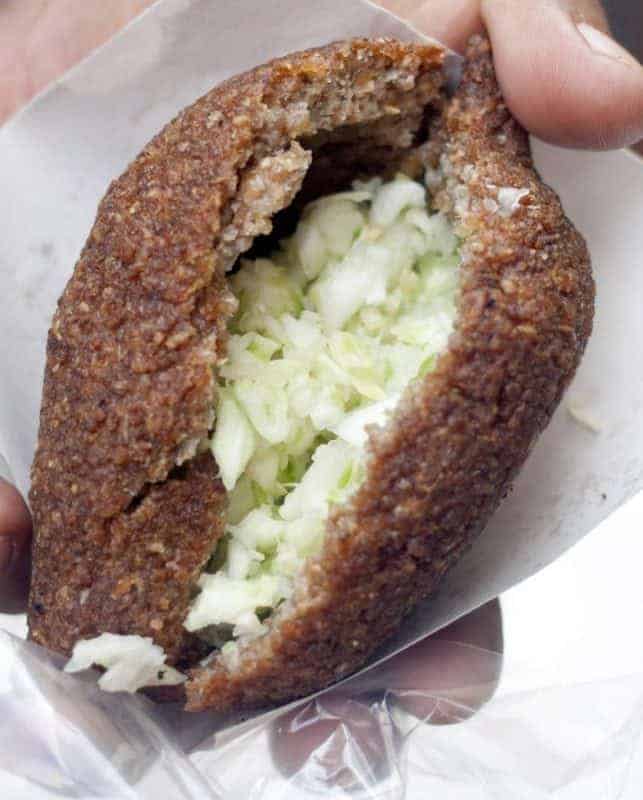
Traditional Yucatecan dishes include Sopa de Lima a chicken and tortilla soup made with the distinctive local limes, papadzules a corn tortilla filled with hard-boiled eggs and served with a pipian (pumpkin seed) sauce and Pavo en Relleno negro turkey marinated in a charred black recado.
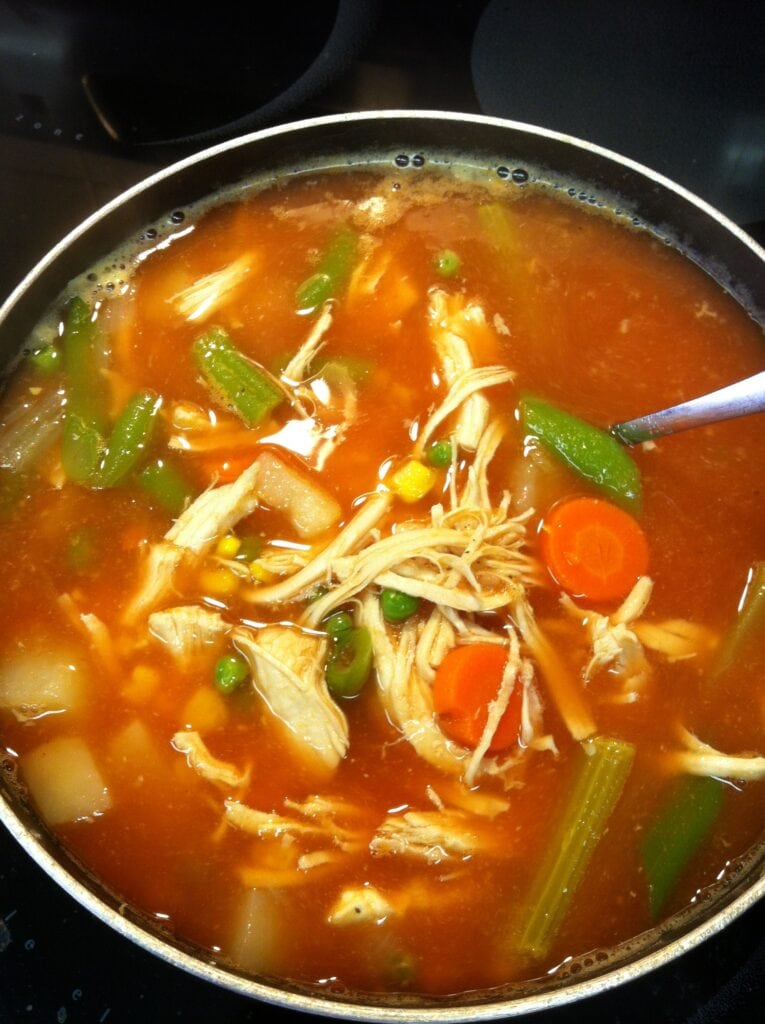
Queso Rellenos are a true Yucatecan dish that is found nowhere else in Mexico. A rind of Edam cheese scraped off all the cheese which is then wrapped around a filling of caramelized ground beef, raisins, almonds, spices, and olives which is then wrapped in banana leaf and steamed.
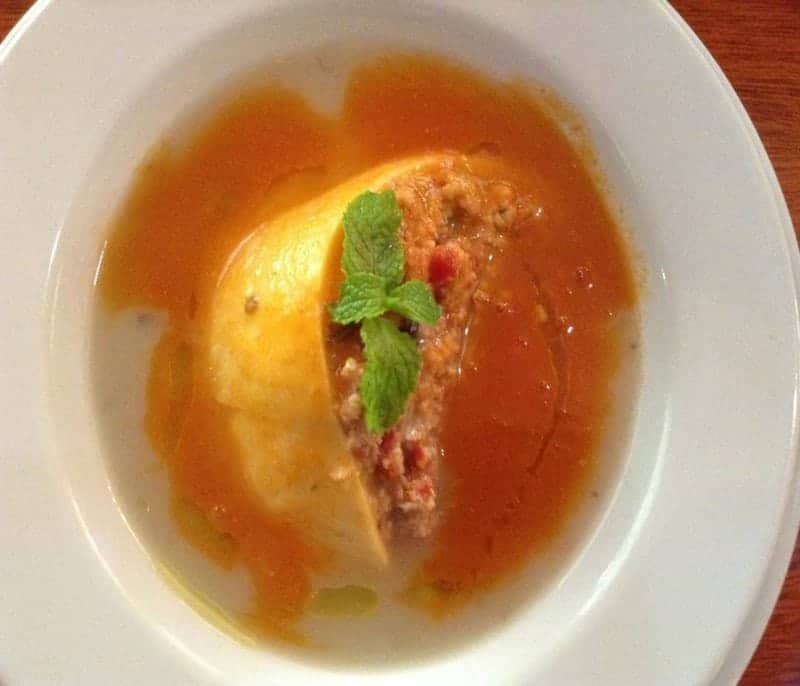
The happy result of Edam loving plantation owners who threw away the rinds and the Mayan people turned it into an incredible dish. Add to that luscious meal a horchata drink made of ground rice or an Xtabentun an alcoholic drink made with organic honey, rum and anise and the sights and sounds of the White City, Merida and you will want to retire to Mexico.
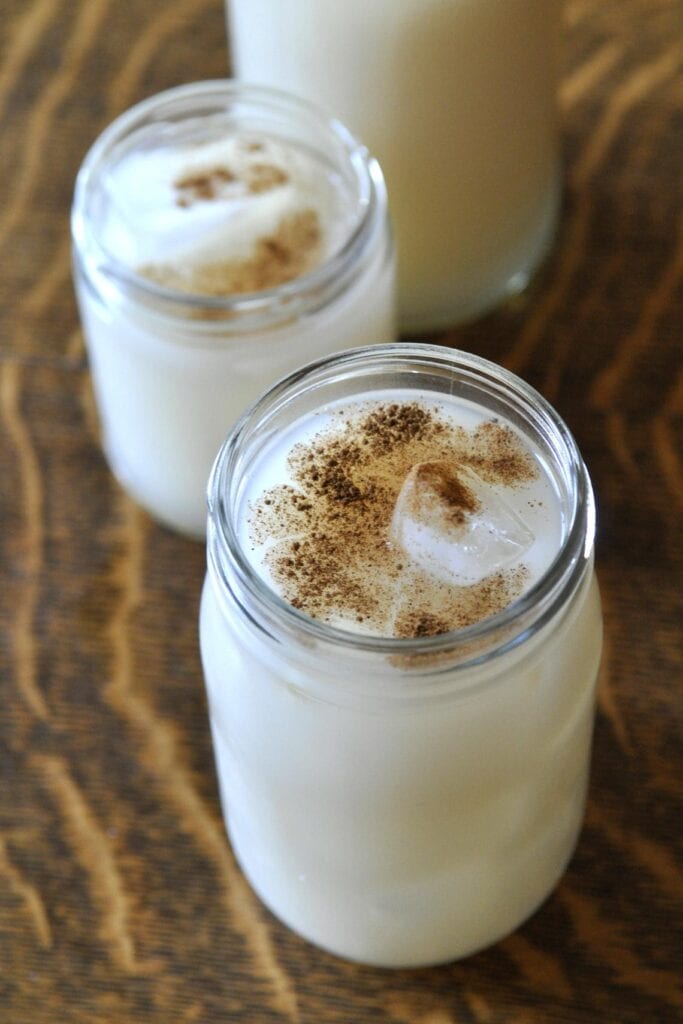
Pavo en Relleno is another Yucatecan delicacy and it is incomparable to anything you’ve ever tasted before. The dish is turkey and polenta corn dumplings in a recado negro sauce, which is the key to its flavour and is made from crushed chillies that are then burnt black, and combined with spices.
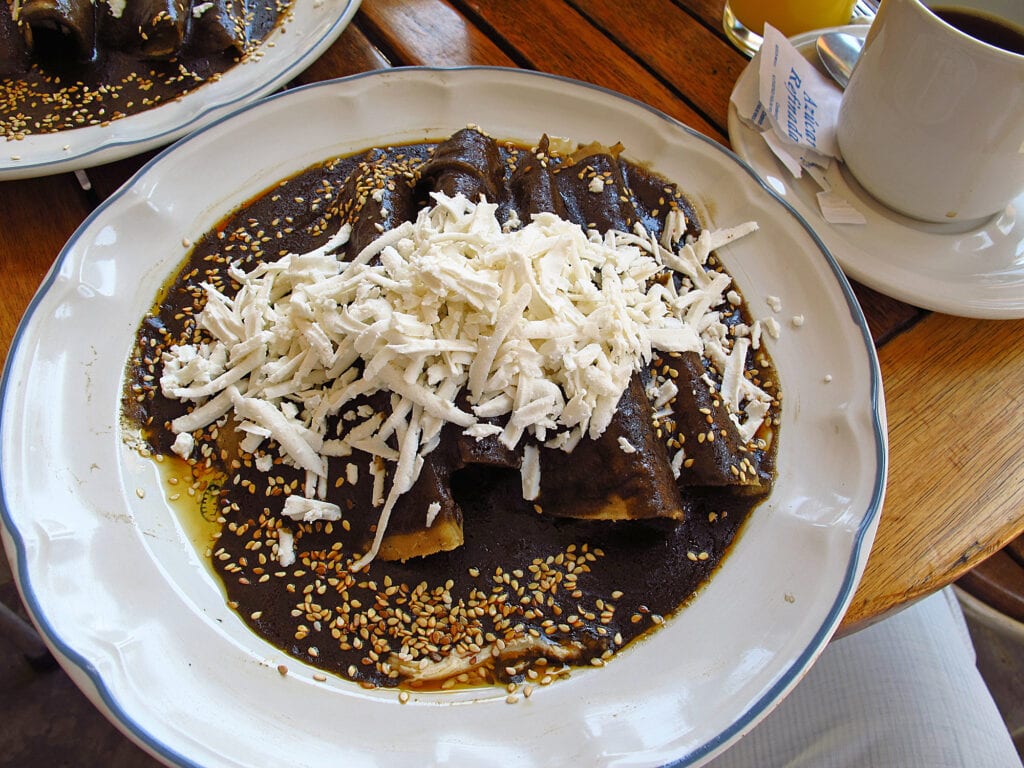
One of the best places to taste some superb authentic Yucatecan cuisine is Chaya Maya in Merida, and if you want some outstanding new tastes try Apoala. Both of these restaurants can be found in the Santa Lucia Parque.
Spice mixes are known in Yucatán as recados. David Sterling, a chef and food historian (who unfortunately has passed) believes that these seasonings are the original pillars of Yucatecan cuisine. Each recado was created for a specific purpose and is a blend of spices, chillies and other ingredients. The strong and spicy recado negro blends charred chiles with a range of other spices including achiote seeds, cloves, peppercorns, cumin and oregano.
The harsh process of burning chillies produces a cloud of acrid smoke and as a result, the process of making recado negro within the Merida city limits has been banned. The resulting black paste from the chillies is then used as either a rub for meat or as a sauce. Recado Roja, a less harsh alternative, uses sour orange and annatto to create a deep red-coloured marinade.
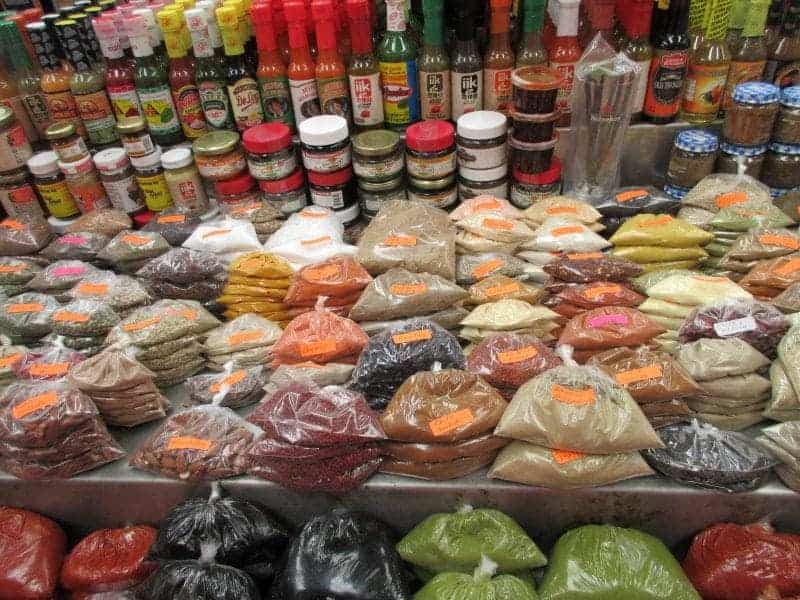
If you are strolling through the markets in the Yucatan you will find a wealth of traditional botanas or small snacks. These include salbutes which are tortillas served with turkey or chicken, avocado, lettuce and tomato, panuchos, fried tortillas filled with black beans, and topped with shredded chicken, avocado, tomato and pickled red onions.
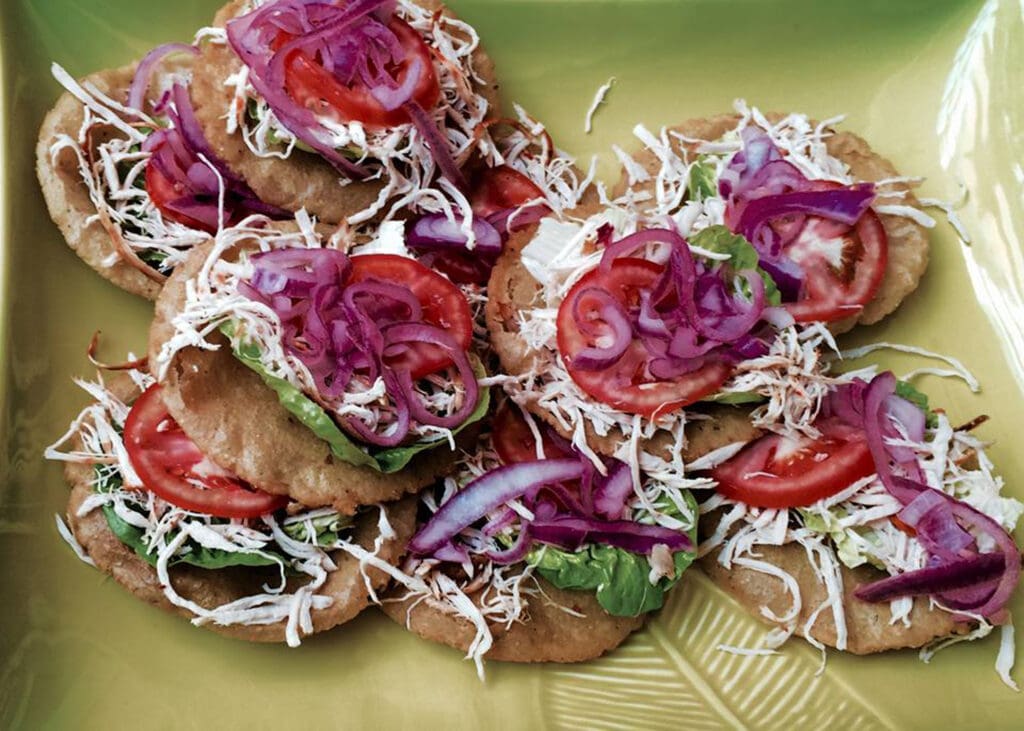
Papadzules, are a favourite here, a corn tortilla folded over chopped hard-boiled eggs and then dipped in a pumpkin seed sauce and drizzled with a fried tomato sauce and the deeply satisfying polkanes deep-fried little rounds of masa and ground pumpkin seed.
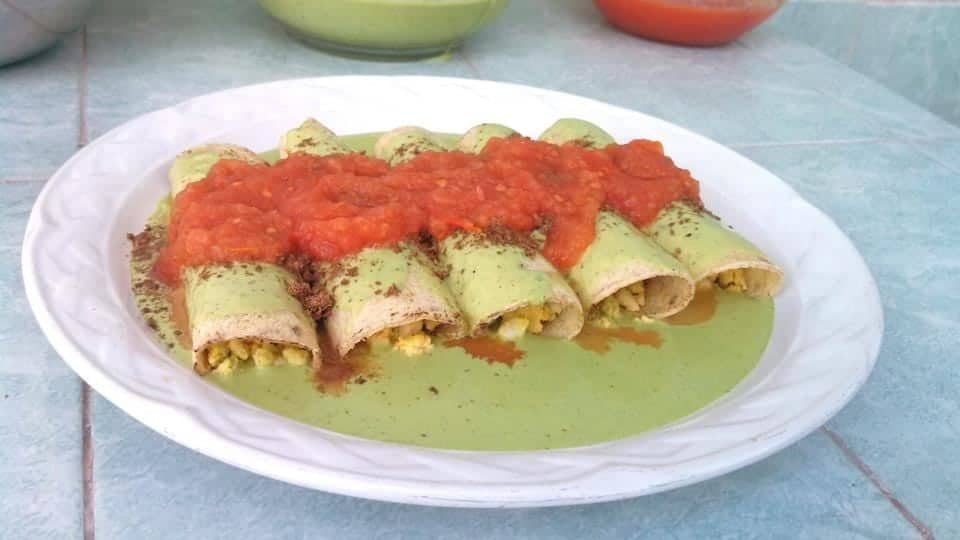
Tamales are an art in the Yucatan and according to the Mexican cuisine expert, Diana Kennedy, Yucatecan tamales put the rest of Mexico’s to shame. Tamales date back at least 8000 years in Mexico with Michoacán as the centre of tamale making. In the Yucatan two of the most popular tamales include the colados and the dzotobichay.
The colados is made of masa combined with a broth that is then cooked and strained and then cooked again giving it a very soft texture, shredded chicken is placed on top of the masa in a banana leaf, wrapped and steamed for hours.
The dzotobichay is a smaller version made with lard and masa that is flavoured with annatto and habaneros; the masa is stuffed with pumpkin seeds and wrapped in chaya leaves for steaming. Both kinds of tamales are then served with a fried onion and tomato sauce.
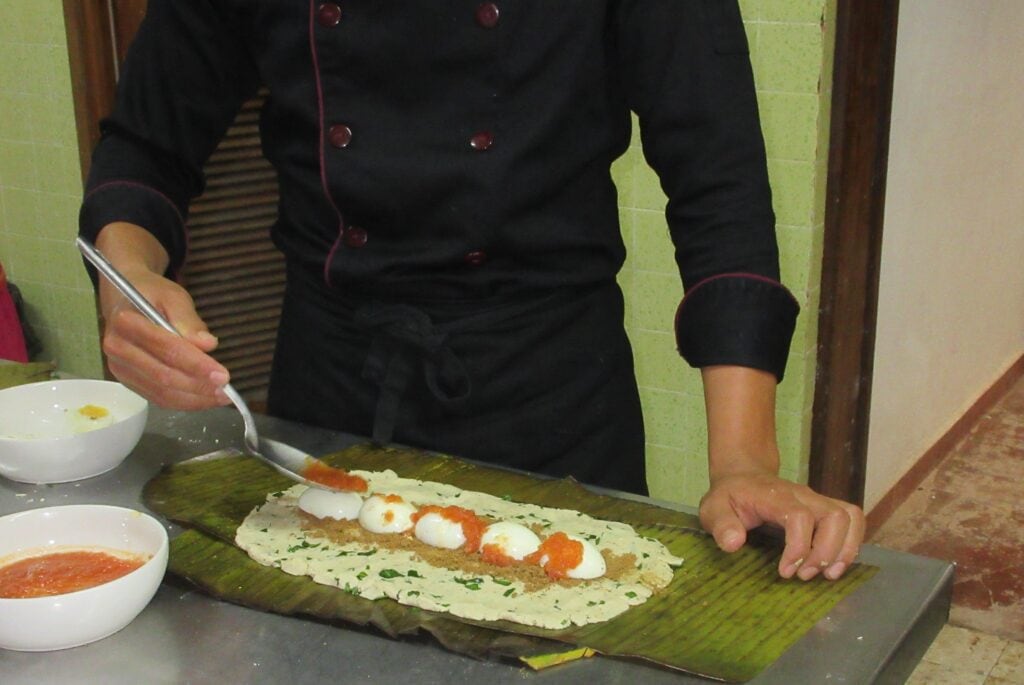
Marquesitas are something that you find made all over Merida and it is a favourite treat for kids and adults alike. This is a crepe that is rolled up around a variety of fillings from blackberry jam, to the real speciality that is queso and caramel sauce or Nutella. Invented in Merida in 1938 these crepes became the favourite snack of the daughters of a Marquis living in the City so much so that they became named the marquesita after the little girls.
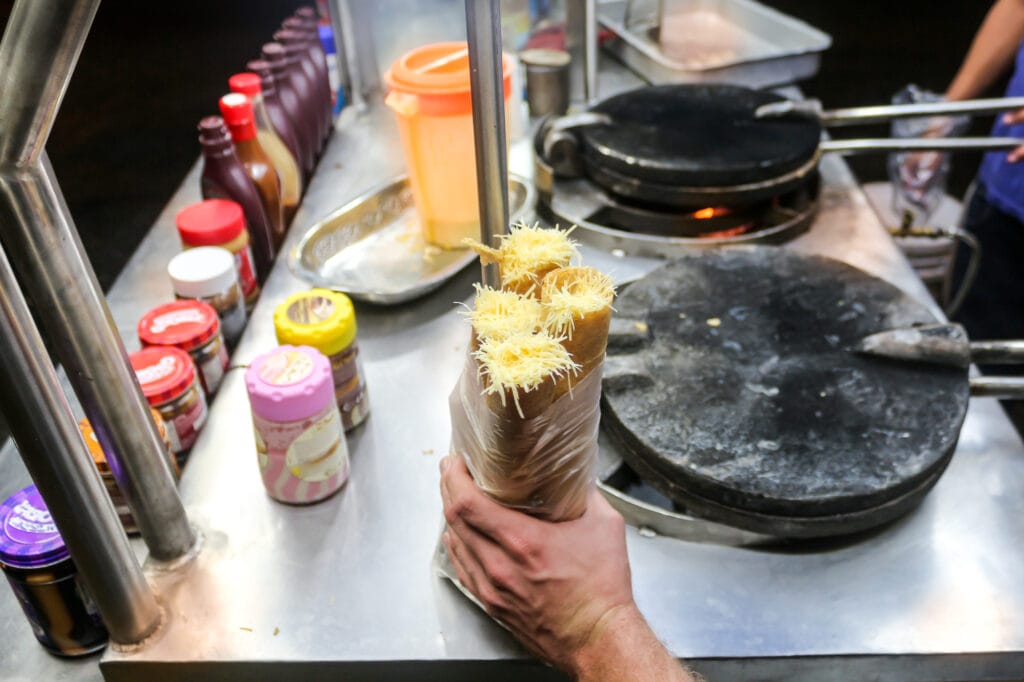
Try any of these dishes with a glass of Xtabentún, a liqueur made from anise seed, fermented honey and rum and you’ll never want to leave the Yucatan.
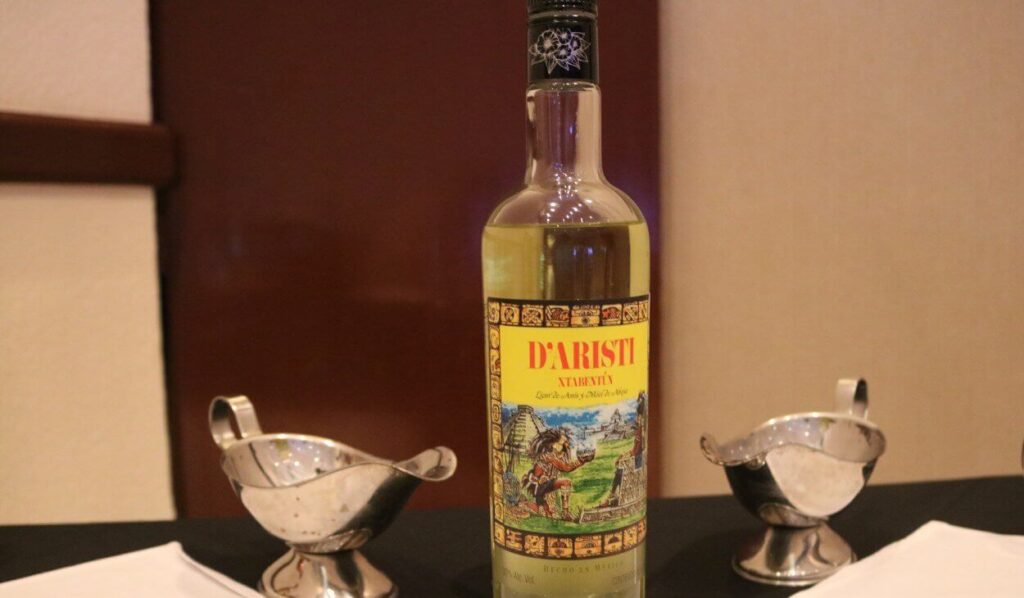
Have you been to the Yucatan? What was your favourite food?
You might also like.
148 National Dishes of countries around the world
Food Travel 27 stories of food around the world
17 of the Most Unusual Foods Around the World | Weird Food

